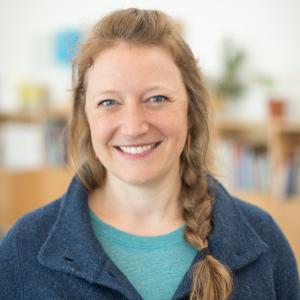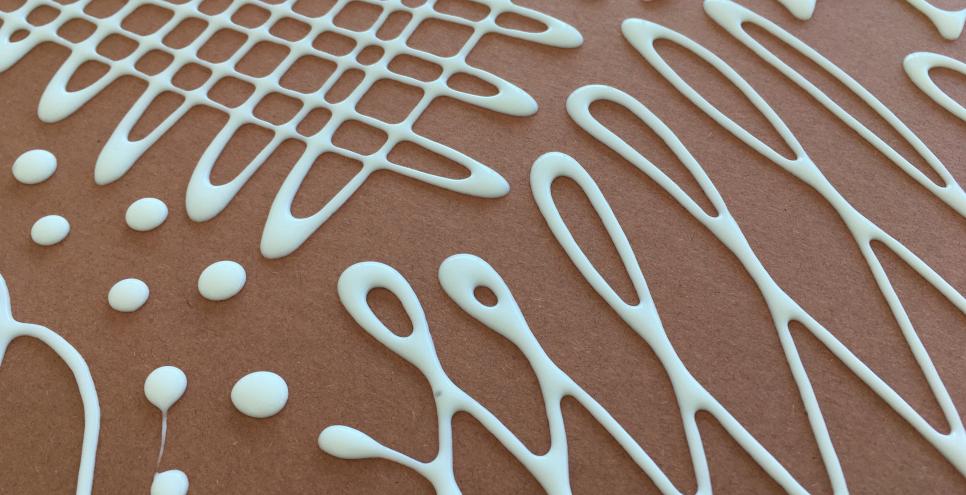Remarkable Rainbow Collage
To celebrate the opening of the exhibition Brown Bear Turns 50! we spent five weeks in the Art Studio exploring collage techniques, and the colors within Brown Bear, Brown Bear, What Do You See? by Eric Carle. Focusing on one color at a time, we started experimenting with orange papers and worked our way backwards through the book to the brown of Brown Bear.
Because we were working with one color family at a time, we wanted to make sure that there was a lot of variety within the papers. Our collage papers included scraps from past projects as well as some made by painting papers and crayon rubbing. To shape the papers, we provided a range of cutting tools to explore, from scissors to hole-punchers. We invited guests to use glue sticks to attach the papers onto either a square or rectangle background paper.
The focus on one color at a time prompted us to think about what could be achieved with a limited palette. Over the course of the project we saw enormous variety within each color: layers of cut papers that created interesting textures, subtle patterns, paper sculptures springing off the page, and all sorts of creatures looking back at us.
Towards the end of the project, some collages became covered as more were added. Some colors popped out and others started to blend together. The collages even started to move beyond the boundaries of the display wall, sticking out of the sides, top and bottom. This challenged us to think about how we might facilitate hanging work outside of the boundaries of our display wall in the future.
This project inspired us to think about how we work together with guests to create more Art Studio installations that grow and change over time. We started thinking about how we invite people to contribute to collaborative displays, how we communicate about the temporary nature of installations, and what happens to the work after the project is finished. We are interested in continuing to explore these ideas so stay tuned for more projects and a professional development workshop on the topic of collaborative displays in the new year.


